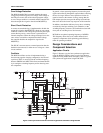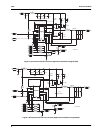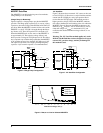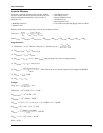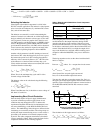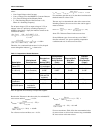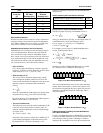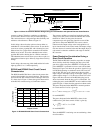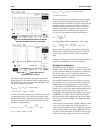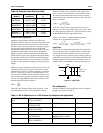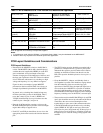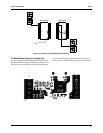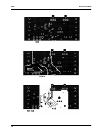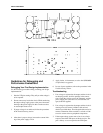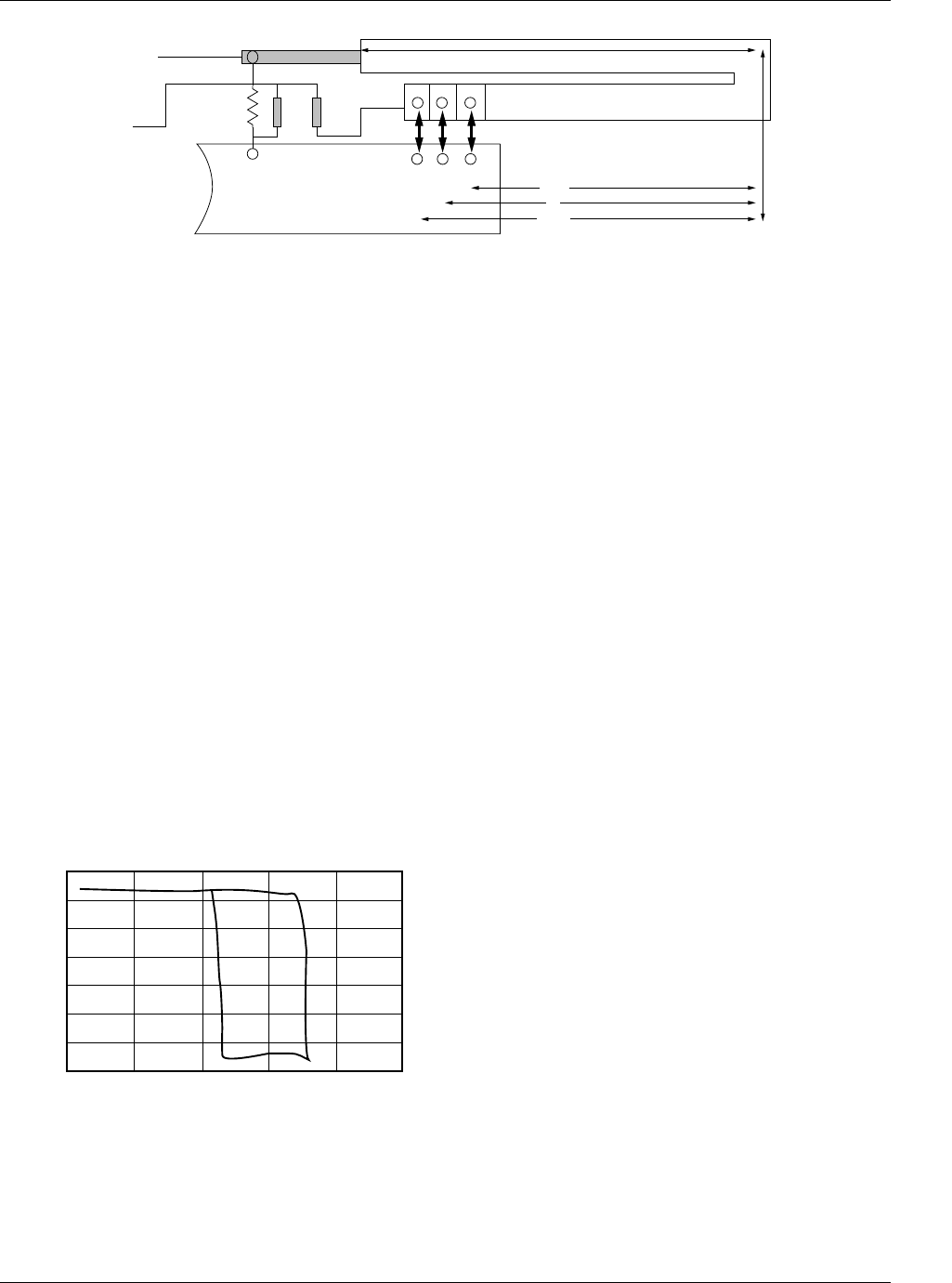
APPLICATION NOTE AN42
13
currents to change. Therefore, combining an embedded
resistor with a discrete resistor may be a desirable option.
This section discusses a design that provides flexibility and
addresses wide tolerances. Refer to Figure 12.
In this design, the user has the option to choose either an
embedded or a discrete MnCu sense resistor. To use the dis-
crete sense resistor, populate R21 with a shorting bar (zero
Ohm resistor) for a proper Kelvin connection and add the
MnCu sense resistor. To use the embedded sense resistor,
populate R22 with a shorting bar for a Kelvin connection.
The embedded sense resistor allows you to choose a plus or a
minus delta resistance tap to offset any large sheet resistivity
change.
In this design, the center tap yields 6mΩ, and the left or the
right tap yield 6.7 or 5.3 mΩ, respectively.
RC5040 and RC5042 Short Circuit Current
Characteristics
The RC5040 and RC5042 have a short circuit current char-
acteristic that includes a hysteresis function. This function
prevents the DC-DC converter from oscillating in the event
of a short circuit. Figure 13 shows the typical characteristic
of the DC-DC converter using a 6.5 mΩ sense resistor.
Figure 13. RC5040/RC5042 Short Circuit Characteristic
The converter exhibits at normal load regulation until the
voltage across the resistor reaches the internal short circuit
threshold of 120mV. At this point, the internal
comparator trips and signals the controller to turn off the
gate drive to the power MOSFET. This causes a drastic
reduction in the output voltage as the load regulation col-
lapses into the short circuit control mode. The output voltage
does not return to its nominal value until the output short cir-
cuit current is reduced to within the safe range for the DC-
DC converter.
Power Dissipation Consideration During a
Short Circuit Condition
The RC5040 and RC5042 controllers respond to an output
short circuit by drastically changing the duty cycle of the
gate drive signal to the power MOSFET. In doing this, the
power MOSFET is protected from over-stress and eventual
destruction. Figure 14A shows the gate drive signal of a typ-
ical RC5040 operating in continuous mode with a load cur-
rent of 10A. The duty cycle is then set by the ratio of the
input voltage to the output voltage. If the input voltage is 5V
and the output voltage is 3.1V, the ratio of Vout/ Vin is 62%.
Figure 14B shows the result of the RC5040 going into its
short circuit mode when the duty cycle is around 20%. Cal-
culating the power on the MOSFET at each condition on the
graph in Figure 13 shows how the protection scheme works.
The power dissipated in the MOSFET at normal operation
for a load current of 14.5A, is given by:
for each MOSFET.
The power dissipated in the MOSFET at short circuit
condition for a peak short current of 20A, is given by:
for each MOSFET.
Thus, the MOSFET is not being over-stressed during a short
circuit condition.
1.0
0.5
0
1.5
2.0
2.5
3.0
3.5
0 5 10 15 20 25
Output Current
Output Voltage
P
D
I
2
R
ON
× DutyCycle
14.5
2
----------
2
.037×
˙
.62 1.2W=×=×=
P
D
20
2
------
2
.037× .2 × 0.74W==
Figure 12. Short Circuit Sense Resistor Design Using PC Trace Resistor and Optional Discrete Sense Resistor
Embedded Sense Resistor
IFBH
IFBL
MnCu Discrete
Resistor
R21 R22
Output Power
Plane (Vout)
R-∆r
R
R+∆r



